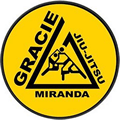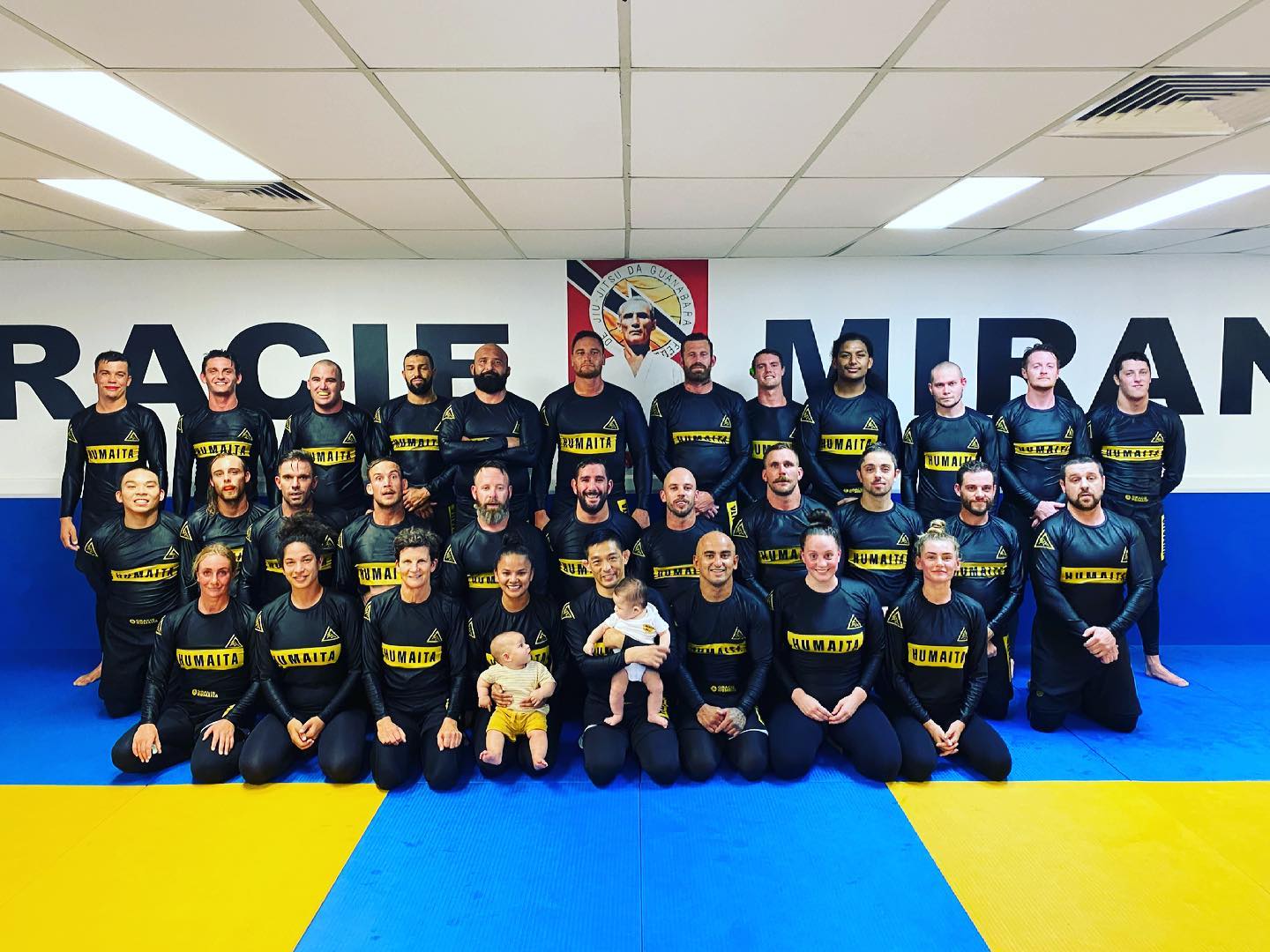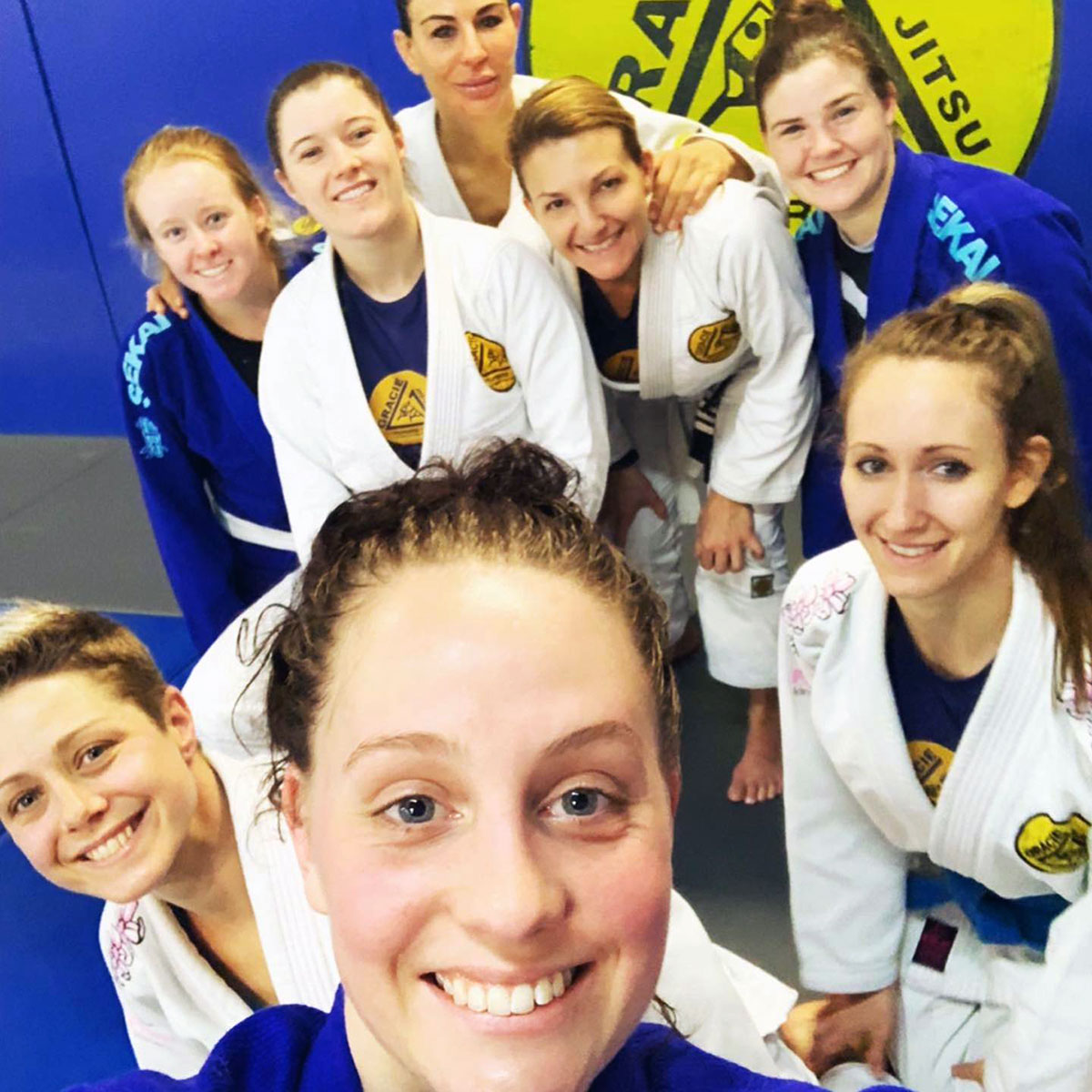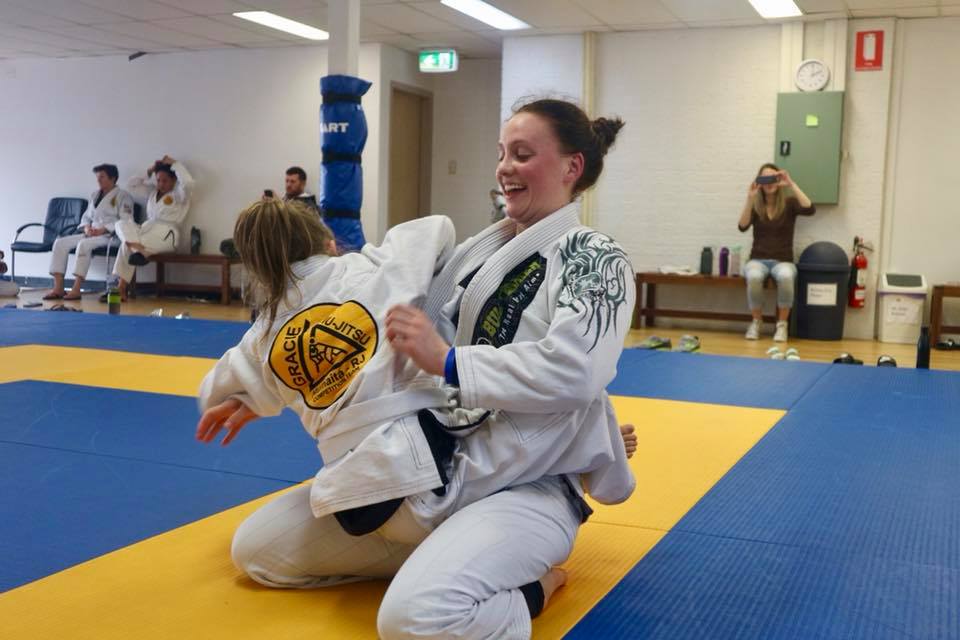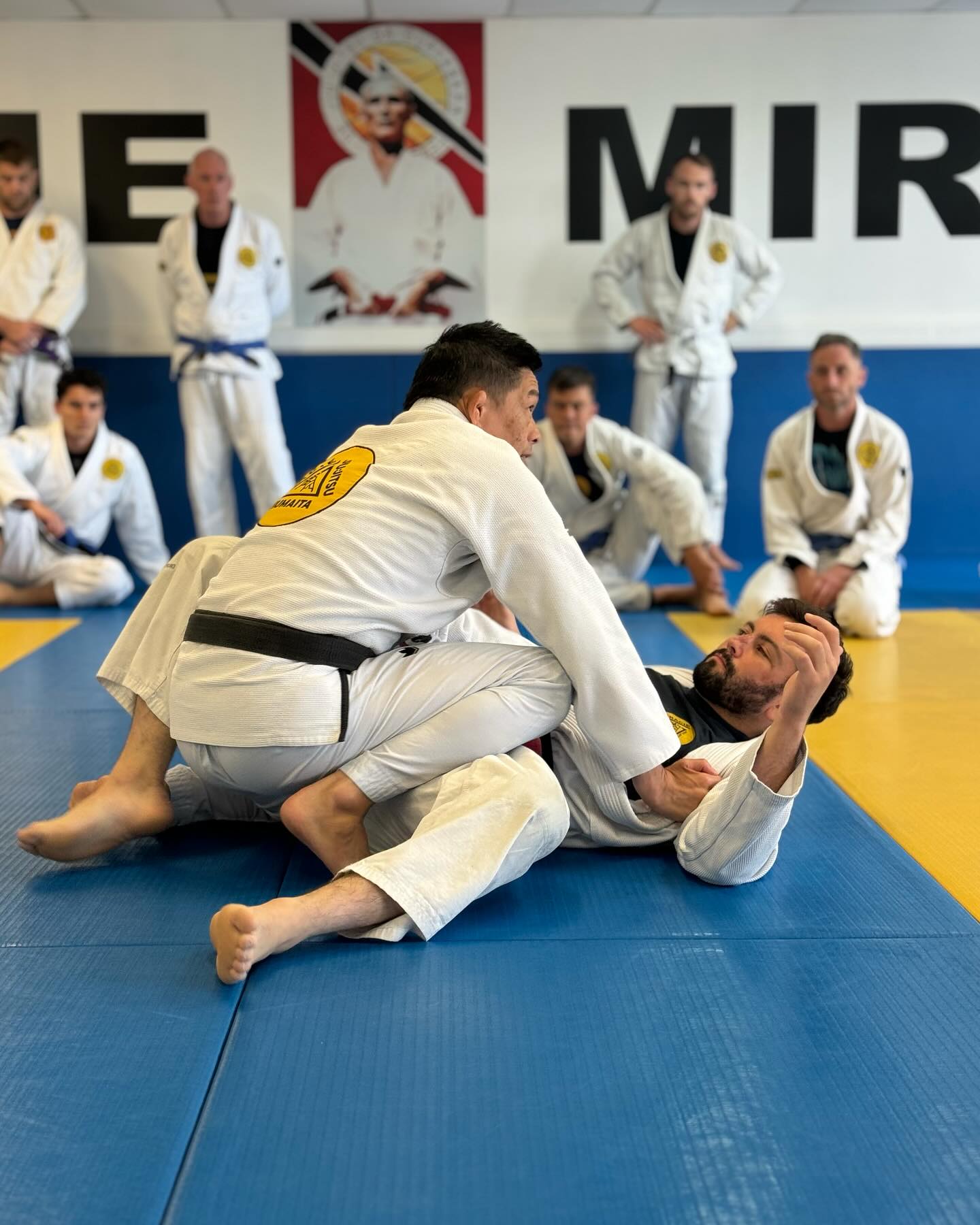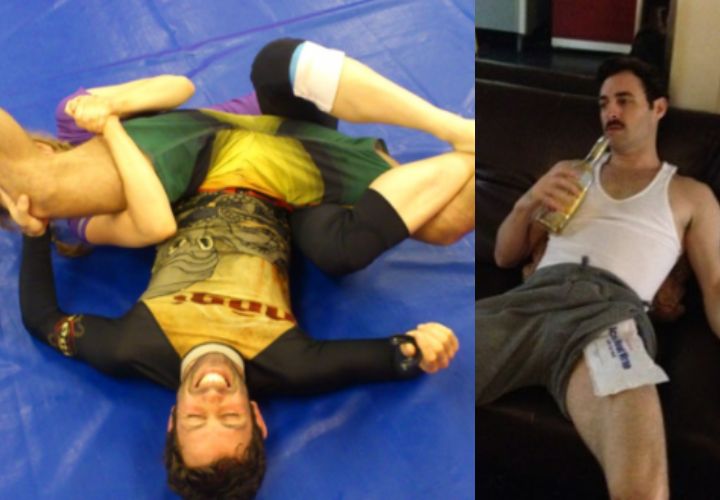
Martial arts is for everyone. That’s not just something we say at Gracie Miranda, it’s something we see. Boys, girls, men and women across all age groups train Brazilian Jiu-Jitsu on our mats.
One of the benefits of Jiu-Jitsu is that you can train the martial art for a long time: For a lifetime. But if you want to do that, you have to take care of yourself. It’s a safe sport, and will help you defend yourself out there in the real world. Still, just like everything else in life, there are injury risks.
That’s the bad news. The good news is that you can avoid most of them with planning and discipline.
If you’re thinking of signing up to martial arts classes, you may be concerned about your physical health. Heed these tips and you’ll be fine!
Is BJJ safe?
First, an explanation of Brazilian Jiu-Jitsu and the physical risks it does and does not entail. BJJ is a grappling martial art that mostly takes place on the ground. Both of those elements are significant in that they reduce injury risk.
There is no striking in Jiu-Jitsu. You’ll learn how to gain dominant position over an opponent and apply submissions from there. There’s no punching, kicking, nor elbows or knee-strikes. In self-defense portions of class you’ll learn how to defend against strikes, but at no point will you practice performing them.
This drastically reduces the risk of traumatic injury. Since no one is trying to kick you in the face, your odds of concussion, brain damage and other head-related injuries is minimized. Of course, practitioners of striking arts like boxing take many precautions to make their sports as safe as possible. And like every other athletic endeavor, mistakes do happen on Jiu-Jitsu mats. But in general, the lack of striking exchanges means less head injuries.
This is compounded by Jiu-Jitsu taking place predominantly on the ground. BJJ is one of three very popular grappling arts, alongside Judo and Wrestling. Judo revolves around slamming your opponent from standing position, while Wrestling is known for being highly explosive.
The reason Jiu-Jitsu is ground-based is because being so neutralizes large size and strength differences. It’s harder for a large practitioner to utilize a power advantage when they’re on the ground than it is standing up. This is one of many reasons BJJ is particularly useful for smaller practitioners. But the happy byproduct of this is that there’s less slamming and takedowns in Jiu-Jitsu than there is in Judo and Wrestling, which further makes it safer.
Yoga
Those new to Jiu-Jitsu will often ask what exercise is best to complement the martial art with. Many guess it’s strength training or cardiovascular boosting. Both will help. But arguably a stronger compliment is yoga.
Casual practitioners of Jiu-Jitsu will rarely suffer acute injuries, but chronic aches and pains are not rare. Grapplers will often complain of sore backs, tightness of hamstrings and hips. The solution to these maladies? Yoga — or a recurring stretching routine.
Much of BJJ revolves around taking up as little space as possible. Backs are curled, elbows tucked in and knees brought to hips. People who grapple regularly would do well to counter this with the opposite movements. Stretches that open up shoulders and extend the spine, hip flexors and even the groin will help a lot. Similarly, joint pain can often be aided by easing tension from nearby muscles.
More than any other martial art, Brazilian Jiu-Jitsu is very much a marathon. It usually takes between 10 and 15 years to get a black belt, and most black belts will tell you they still have much to learn about the art. Regular stretching — or yoga classes — will help ensure you have longevity on the mats over decades.
As a side note, yoga will also help Jiu-Jitsu in that both focus on finding comfort in uncomfortable scenarios. In yoga, you’ll often be contorted into a strange position and made to hold it, stretching one or many muscles. In Jiu-Jitsu, you’ll often find yourself crushed under and opponent, or folded in one way or another. The ability to remain calm, breathe and be comfortable can be invaluable.
Some final tips
Some more tips that need less explanation:
1. Tap early and tap often. That’s a saying in Jiu-Jitsu, and it’s a wise one. If you’re caught in a submission and don’t know how to escape, just tap out. Focus on how you got in that position rather than trying to muscle out.
2. Warm up properly. This is an obvious one, but it’s one that takes time to know how to do properly. You’ll do warmups at the beginning of each class at Gracie Miranda, but no one knows your body better than you. You may need to pay special attention to a particular part of your body, and it’s important you do that before intense sparring.
3. Sleep. Most people need around 7 hours of sleep to function at a high level. You’ll need at least as much for training as intense as BJJ. Sleep enough to ensure your body can recover.
If you’re in the Sutherland Shire and are interested in trialing Jiu-Jitsu, come into Gracie Miranda for a free class.
